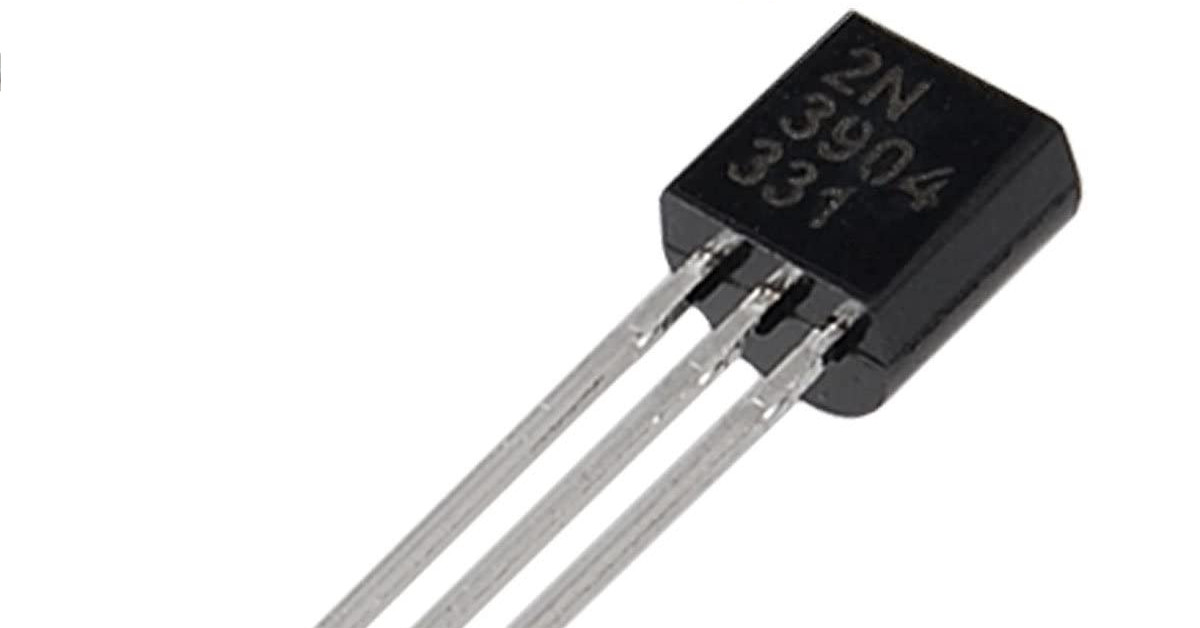A transistor is an electronic device that is used to amplify or switch electronic signals. It is a type of semiconductor device that was first invented in the late 1940s and has since become an essential component in modern electronics.
The name “transistor” is short for “transfer resistor,” which refers to the way the device operates. A transistor is made up of three layers of semiconductor material, with two of the layers forming a p-n junction, and the third layer acting as a control electrode. The p-n junction is formed by doping one layer of the semiconductor material with impurities to create a region that has an excess of electrons (n-type) and another region that has a deficiency of electrons (p-type). The control electrode is usually made of a metal or another conducting material and is separated from the p-n junction by a thin insulating layer.
There are two basic types of transistors: bipolar junction transistors (BJTs) and field-effect transistors (FETs). BJTs are made up of two back-to-back p-n junctions and have three regions: the emitter, the base, and the collector. FETs, on the other hand, have three regions as well, but they operate based on the control of a voltage applied to a gate, which modulates the flow of current through a channel in the device.
The most common type of BJT is the NPN transistor. In this device, the emitter is made of n-type material, and the base and collector are made of p-type material. When a voltage is applied to the base of the transistor, it creates a small current that flows from the emitter to the collector, which is amplified by a factor called the gain. The gain of a transistor is the ratio of the output current to the input current.
FETs, on the other hand, are controlled by the voltage applied to the gate. The most common type of FET is the metal-oxide-semiconductor field-effect transistor (MOSFET). In this device, the gate is separated from the channel by a thin layer of insulating material, and when a voltage is applied to the gate, it creates an electric field that modulates the flow of current through the channel.
Transistors are used in a wide variety of electronic applications, including amplifiers, switches, oscillators, and voltage regulators. In an amplifier circuit, a small input signal is used to control a larger output signal. This is achieved by using a transistor in a configuration that provides voltage gain or current gain. In a switching circuit, a transistor is used to turn a load on and off, by modulating the current flowing through the load.
Transistors are also used in digital logic circuits, where they are used to implement the basic building blocks of digital electronics. In these circuits, transistors are used as switches to turn on or off the flow of current in response to the logic level of an input signal. This allows for the creation of complex digital circuits that can perform a wide variety of functions.
Transistors have revolutionized the field of electronics and have made possible a wide range of electronic devices and systems that have transformed modern society. The development of transistors has led to smaller, faster, and more reliable electronics, with increased power efficiency and reduced power consumption. Transistors have paved the way for innovations such as microprocessors, computers, and mobile devices, and continue to play a critical role in the development of modern electronics.

Leave a Reply